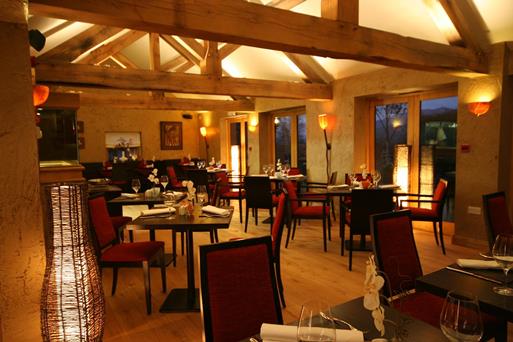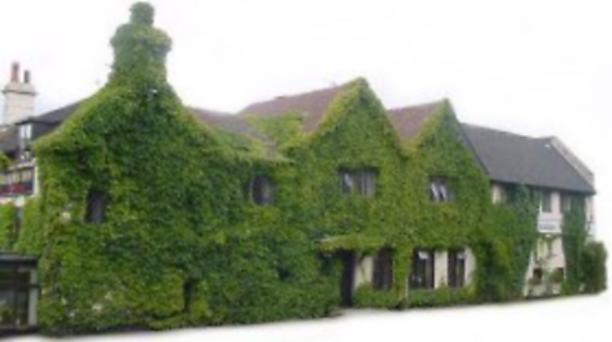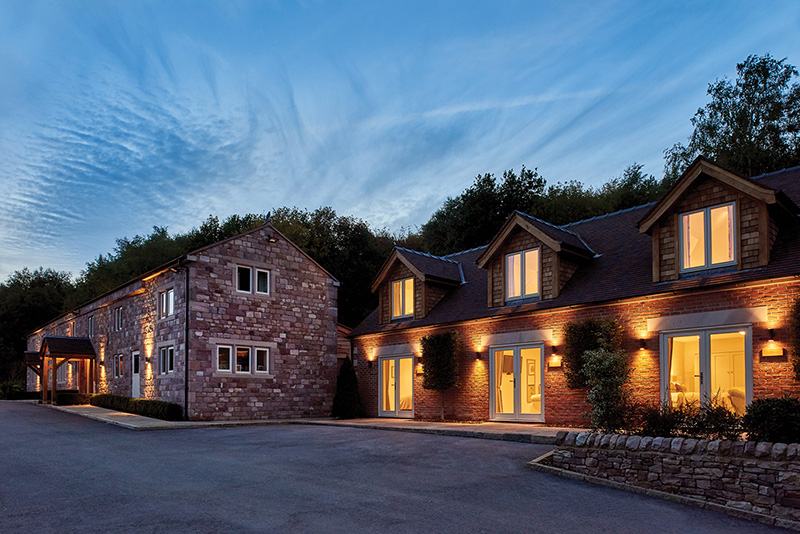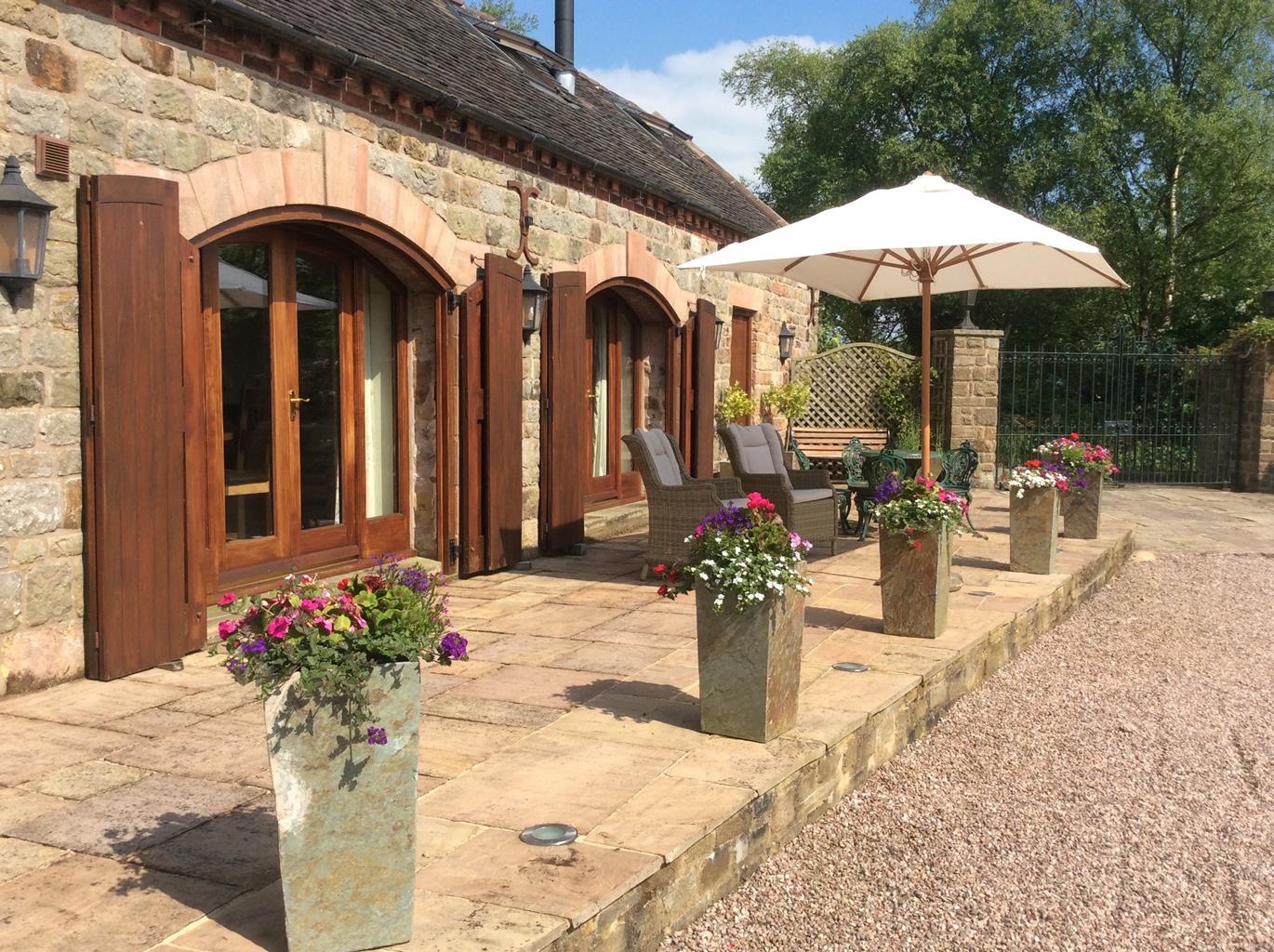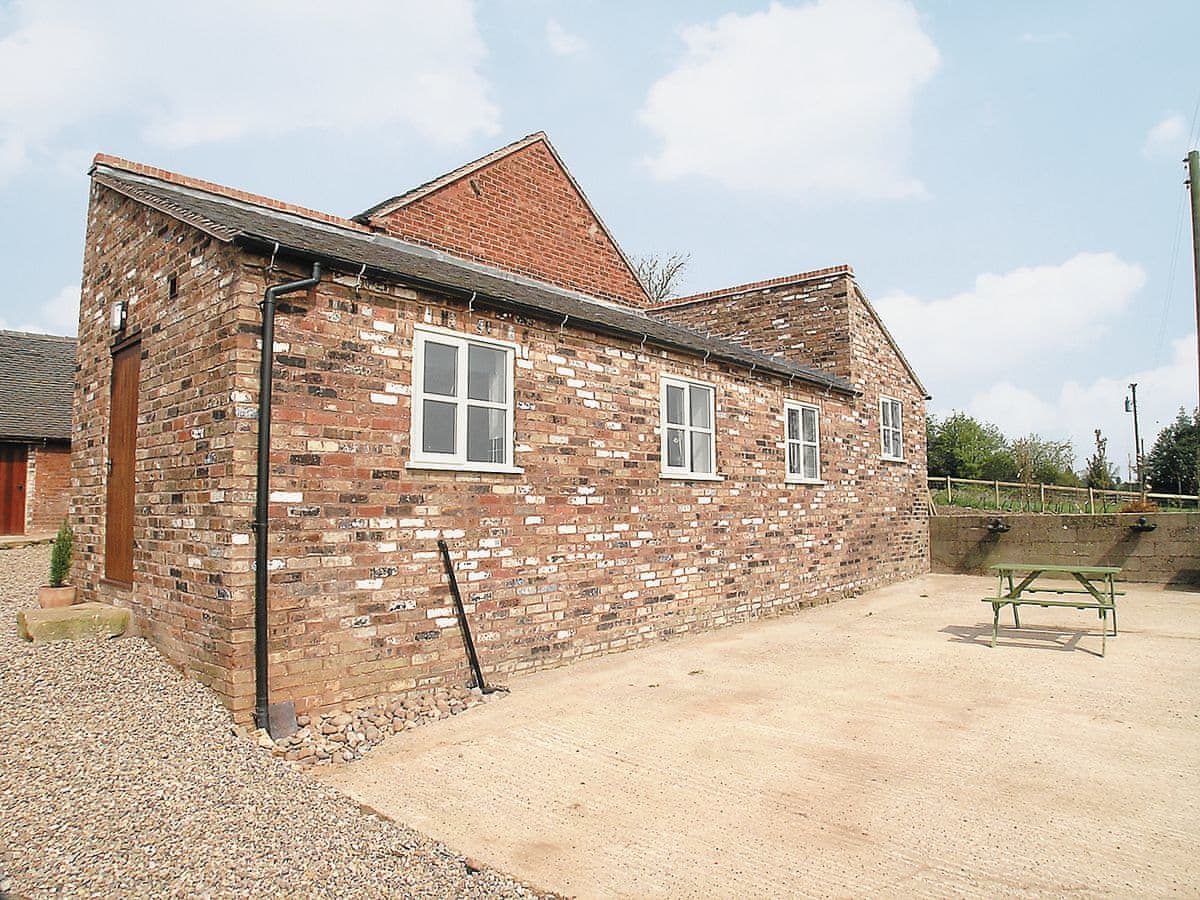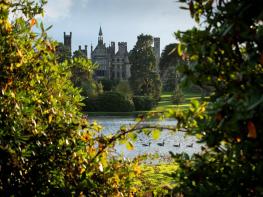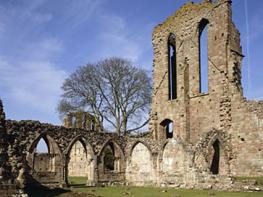It is hard to pin down a neat description for this one-of-a-kind property which is sure to leave…
Consall Nature Park

A canal and woodland walk looking at man’s impact on the area.
3.5 miles (5.7kms)
About the walk
Consall Nature Park, like Dimmings Dale near Alton, is a part of the Churnet Valley and has a long industrial history. Iron working is known to have taken place here as early as the 13th century, when vast tracts of woodland were felled to provide charcoal for smelting. Later, towards the end of the 18th century, the place was mined for ironstone, and the arrival of the Caldon Canal and the Churnet Valley Railway meant it was once again stripped of trees to make way for progress. At its peak, 1,500 men worked here, filling 30 barges a day with iron ore.
Canal and railway links
Today this region has been largely reclaimed by nature, but many landmarks remain. The railway, for example, was built in 1849 to link Manchester and Macclesfield with the rest of the Midlands, transporting iron ore, coal and limestone all over the district. Although it stopped operating commercially in the 1960s, it has been given a new lease of life as a tourist attraction, and the once-derelict Consall Station has been lovingly restored. Before the arrival of the railway, the Caldon Canal served a similar purpose, and there are still giant lime kilns where the canal and the river meet. These kilns were used to burn limestone from the vast Caldonlow quarries near by to produce quicklime, which could then be used in fertiliser or mortar. Even The Black Lion pub was built in the early 1800s specially to serve the men who lived and worked in the area. To this day it's still not accessible by road. Back then, it could be reached only by a cart track, by the steep steps running up beside the kilns, by canal and, later, by rail.
Woodland cover returns to the valley
At the top of the steps beside the kilns are the remnants of spoil heaps, but the further you go from the river, the harder it is to find evidence of the damage done in the name of progress. In 1994 the Consall Nature Park was designated as a Site of Special Scientific Interest, as the largest area of semi-natural woodland in Staffordshire. Today this region is dominated by birch trees, which are often the first to recover after deforestation. There are no large trees since these were felled when the original forest was cleared for charcoal, mining and railways, although there are signs that oak trees may be starting to establish themselves, protected in their youth by the silver birches.
Walk directions
From the car park head to the left of the visitor centre to join a road. Go right and, at the far bottom of the road, bear diagonally right over a field to cross a footbridge. Follow the path right and then left to reach the corner of a bridge across a railway. Cross the bridge and go right down a set of steps.
Turn right and walk along the tow path. Soon after you pass Consall Station on your left, walk under the railway opposite The Black Lion pub and cross the canal and then the river. Just to the left of the lime kiln go up 204 steep steps and, at the top, walk right, along a grass track. At the brow of the hill follow the path to a gate and two little mounds. After picking your way through these mounds, cross the stile in the corner of the field and, after 30 paces, walk right via a stile. Head diagonally left across this field to cross a stile and continue on the track. At the metalled road go right and follow it towards Consall.
After 600yds (549m) reach a black-and-white timbered farmhouse on your right in the village of Consall. Just after a T-junction (signposted to Leek) go left across a farmyard following a signed public footpath. Cross a stile, continue along the wide track to another stile, then follow a line of trees just to your left-hand side. Carry on through a series of stiles to the corner of a wood.
In the wood carry straight on, ignoring the trail to your left. When the path you're on bears left, follow it to cross a stile back into Consall Nature Park. Go straight down the hill, again ignoring a path to the left. At the bottom, head left along the wider track. When this joins an even wider grassy track, bear right and continue straight on, ignoring paths to the left and right.
By a water outpipe, follow the track round to the right, then go left at the fork, pass a fishing lake to your right and return to the visitor centre.
Additional information
Gravel tracks, tow paths and roads, can be muddy, many stiles and steps
Canal, meadow and woodland
Must be kept on lead in nature park
OS Explorers 258 Stoke-on-Trent; 259 Derby
Consall Nature Park visitor centre
At visitor centre
WALKING IN SAFETY
Read our tips to look after yourself and the environment when following this walk.
Find out more
Also in the area
About the area
Discover Staffordshire
It was Staffordshire that bore the brunt of the largest non-nuclear explosion of World War II, when a munitions dump at RAF Fauld went up in 1944. It was also the county’s regiment that once boasted within its ranks the most decorated NCO of World War I, in the person of William Coltman (1891-1974). Going back a little further, George Handel penned his world-famous masterpiece The Messiah on Staffordshire soil. During another chapter of Staffordshire history, the county was home to the first canals and the first factory in Britain, and it had front-row seats for the drama surrounding one of the most notorious murder trials of the 19th century, that of Doctor William Palmer.
In outline, Staffordshire looks not unlike the profile of a man giving Leicestershire a big kiss. The man’s forehead is arguably the best region for hillwalking, as it comprises a significant chunk of the Peak District. This area is characterised by lofty moors, deep dales and tremendous views of both. Further south are the six sprawling towns that make up Stoke-on-Trent, which historically have had such an impact on Staffordshire’s fortunes, not to mention its culture and countryside. This is pottery country, formerly at the forefront of the Industrial Revolution and the driving force behind a network of canals that still criss-cross the county.
Nearby stays
Restaurants and Pubs
Nearby experiences
Recommended things to do
Why choose Rated Trips?
Your trusted guide to rated places across the UK
The best coverage
Discover more than 15,000 professionally rated places to stay, eat and visit from across the UK and Ireland.
Quality assured
Choose a place to stay safe in the knowledge that it has been expertly assessed by trained assessors.
Plan your next trip
Search by location or the type of place you're visiting to find your next ideal holiday experience.
Travel inspiration
Read our articles, city guides and recommended things to do for inspiration. We're here to help you explore the UK.



